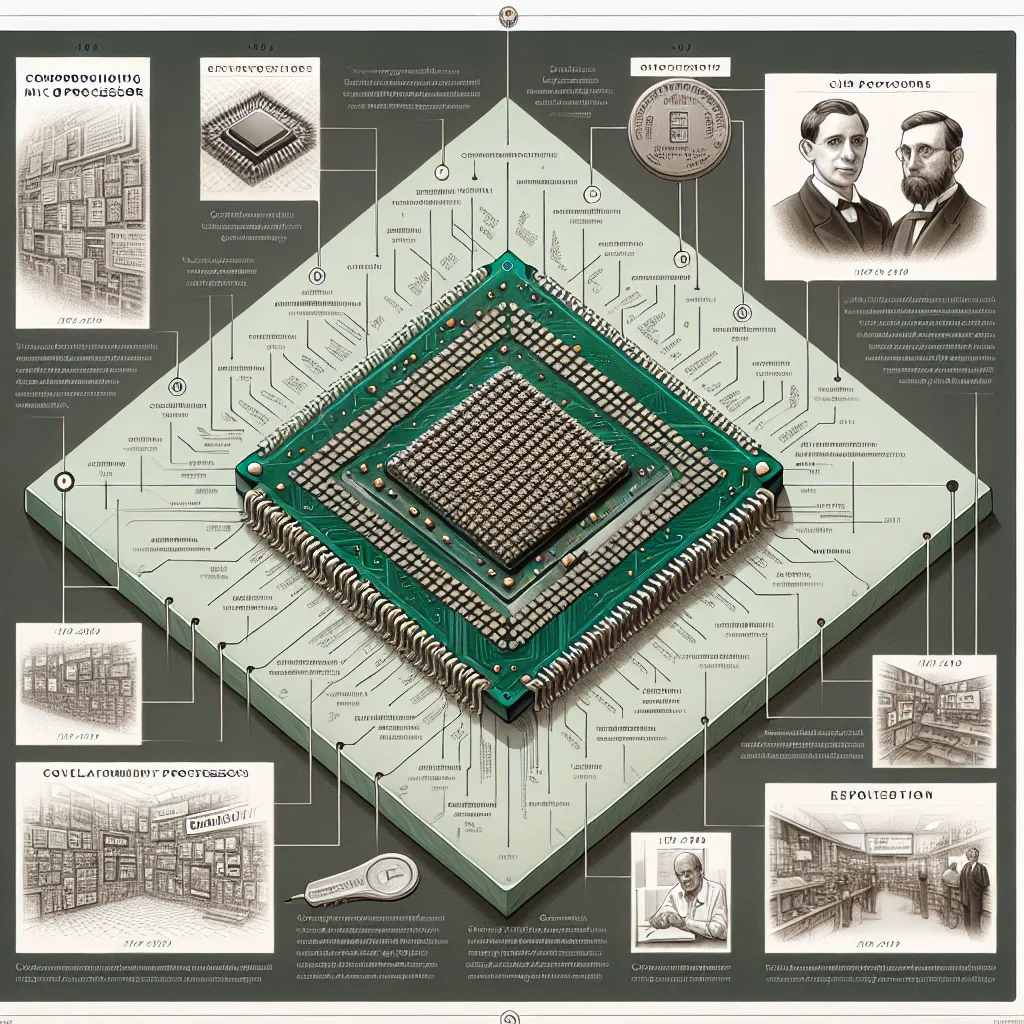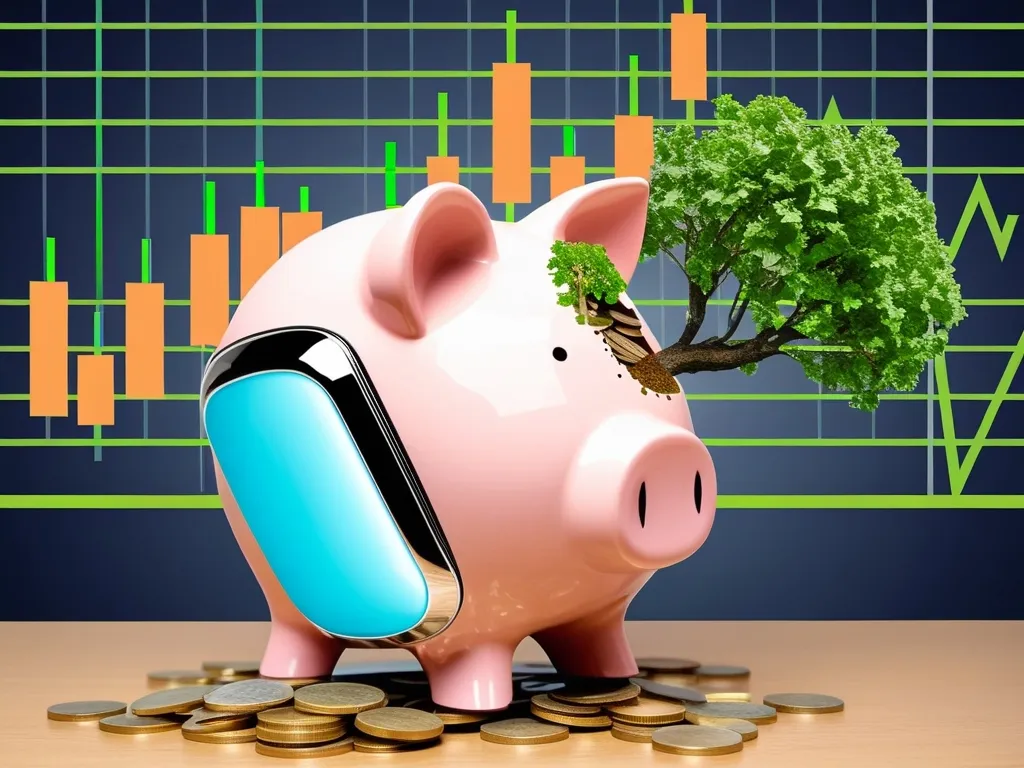At the core of our smartphones, tablets, and computers lies a tiny yet powerful component, the microprocessor. This small chip, housing billions of transistors, is the unsung hero behind modern technology. Without it, the gadgets we use daily wouldn’t exist. Journey with me as we explore how Intel, the pioneer of this technology, came to be.
It all began on December 23, 1947, at Bell Laboratories. After years of hard work, William Shockley and his team stood in awe of their latest creation—the transistor. Shockley, always the entrepreneur, saw immense potential and profits in this new tech. By 1956, he had moved to California to start the first silicon device company, marking the birth of Silicon Valley. Interestingly, in a twist of fate, just a year later, eight of his brightest employees left him to start Fairchild Semiconductor. This group, famously nicknamed the “Traitorous Eight,” went on to shape the tech industry while Shockley’s venture lagged.
One of these eight innovators, Robert Noyce, took a massive leap in 1959 by creating the first integrated circuit. Sensing another groundbreaking opportunity, he left Fairchild in 1968. Together with Gordon Moore, who introduced Moore’s Law, Noyce founded Intel. They started with a vision of building large-scale integrated semiconductor memories. Despite being costly back then, they were far superior to the existing magnetic core memories.
Intel quickly made strides. By developing the 3101 Schottky bipolar memory and later the first commercially available DRAM chip— the 1103—Intel set the stage for a new era in computing. Their innovative spirit caught the attention of Busicom, a Japanese calculator company, in 1969. Intel engineer Ted Hoff soon figured out how to integrate a central processing unit onto a single chip. This led to the birth of the microprocessor, and by 1971, Intel was selling the 4004. The even more advanced 8080 processor followed in 1974, rapidly becoming the industry standard and finding its way into various devices of the day.
As the 1980s rolled in, the IBM PC, built with Intel’s 8086 processor, revolutionized personal computing. Intel evolved, becoming a dominant player in the processor market. Despite competitive pressures, especially from Japan’s emerging semiconductor industry, Intel’s dedication to microprocessors secured their future.
The 1990s saw Intel introducing groundbreaking processors like the Pentium line and venturing into new markets with offerings like the budget-friendly Celeron line. But the early 2000s brought challenges. The dot-com bubble burst, and fierce competition from AMD caused Intel to rethink its strategy. They shifted focus to more efficient, less power-hungry designs, introducing the Centrino platform in 2003, which was a hit in the burgeoning laptop market.
Intel then advanced to multi-core processors with the release of the first dual-core processor in 2005. They categorized their new processors into i3, i5, and i7 based on processing power. In their “Tick-Tock” strategy, they alternated between shrinking existing architectures and introducing new ones every 18 months to maintain innovation.
While Intel faced legal challenges, including substantial fines from the European Union for antitrust violations, their business continued to thrive. They expanded into markets like solid-state drives, machine learning, and autonomous vehicles through various acquisitions. Though these new ventures are promising, the microprocessor remains Intel’s bread and butter.
So, every time you use your device, remember the incredible journey of innovation and perseverance that made it possible, largely driven by Intel’s relentless pursuit of progress. If you found this journey fascinating, there’s plenty more to explore in the world of tech giants. Stay curious, stay smart.






